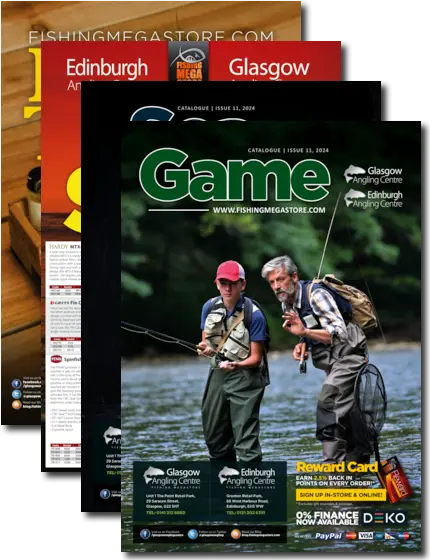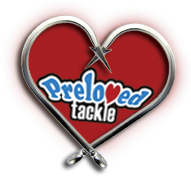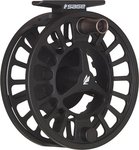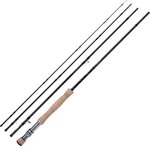Subscribe for Great Deals!
Join our free mailing list for updates on new products, special discounts, and more!
View/Sign UpCall Me Back
Saltwater fly fishing offers the saltwater angler an opportunity to engage with a variety of fish species in an exciting and enthralling way. Hook a Bonefish, Tarpon or Striper on a saltwater fly, and you will understand why. From the initial take to the sudden lunge on the fly rod, the battle is a memorable one, further enhanced by the use of fly tackle instead of conventional fishing lures and terminal tackle.
However, you don't need to venture to the likes of Mexico, Christmas Island or Cuba to enjoy fly sport on the salt water. Just catching a Pollack, or Mackerel using salt fly gear on UK shores is deeply satisfying, and challenging. With the right fly line, fly rod and saltwater flies, you can experience this method of fishing right on your doorstep.
Generally, fly fishing on salt water takes place from a boat or the shore and a higher number of freshwater fly anglers are embracing to this method. The tackle required is a bit different from your traditional Trout and Stillwater gear due to the corrosive nature and damaging power of saltwater. To this end, choosing saltwater resistant fly tackle is recommended if you want to prolong the life of your general freshwater kit.
To get started saltwater fly fishing, you need at least a nine-foot saltwater fly rod featuring saltwater-proof components such as reel seat and guides. In addition to a good quality fly rod, it is also recommended to use a fly reel which is resistant to corrosion and able to cope with multiple days on the water. Ideally, the reel should have a saltwater-proof drag system to reduce premature spoiling of the internal mechanism.
Regarding fly lines, the general sizes run from a weight forward five to twelve and come in a variety of thicknesses and profiles. If, for example, you plan to fish the flats for Bonefish, you need a line that combats wind and extreme heat, while able to deliver heavy saltwater flies with accuracy and control. Shooting head fly lines are prevalent in this respect and are available in floating or sinking.
The artificial flies used by saltwater anglers tend to be much larger than traditional trout fishing patterns; size fours and sixes are not uncommon! Usually, these flies are large streamer-type patterns with lots of flash and are generally designed to imitate prey fish or food of some sort rather than an imitation of a fly.
So whether you are planning a trip to the tropics to fish for Permit or the UK coastline to fly fish for Pollack, we have everything you need at Fishingmegastore. From fly rods, flies, backing, line, reels, we have a vast range or salt gear suitable for every budget.

